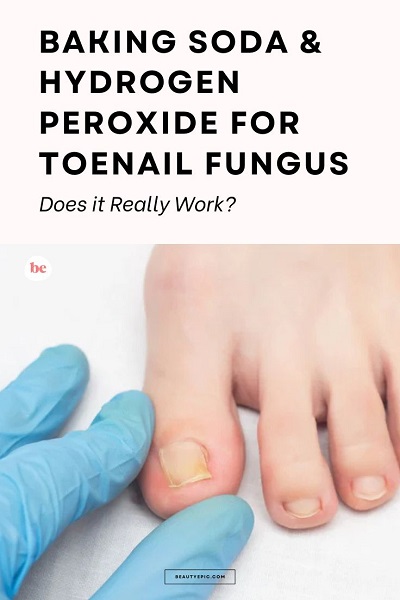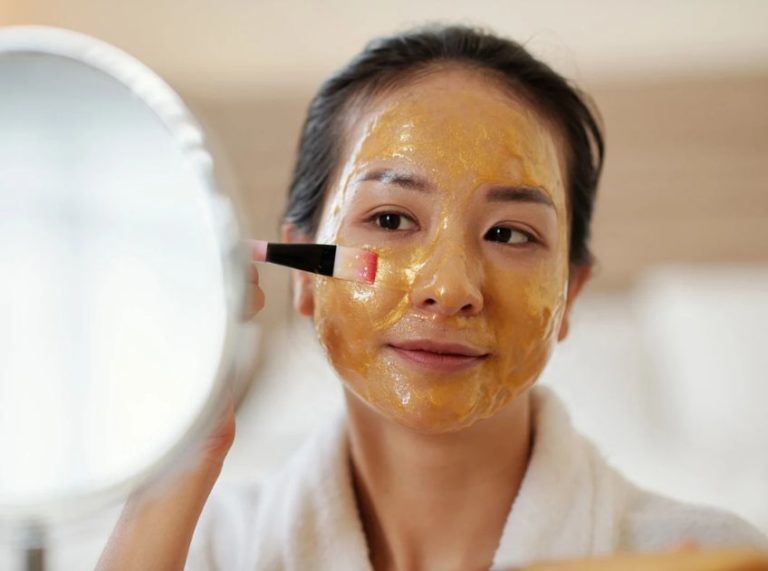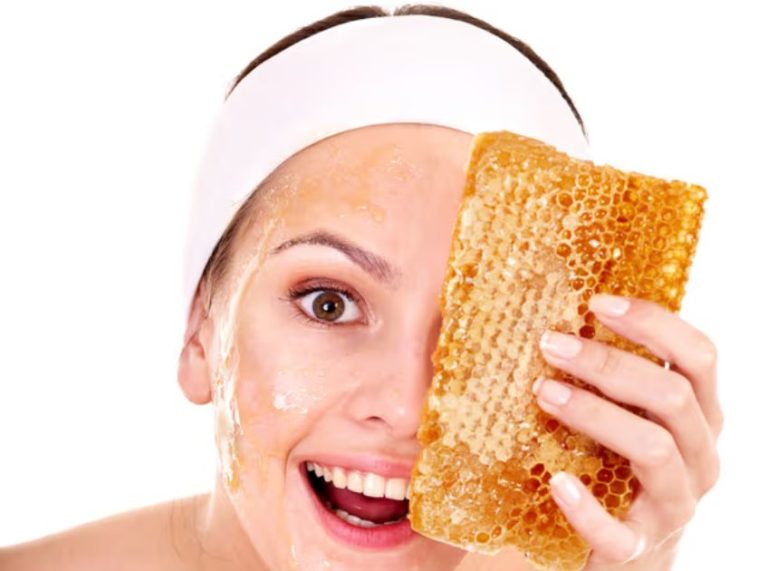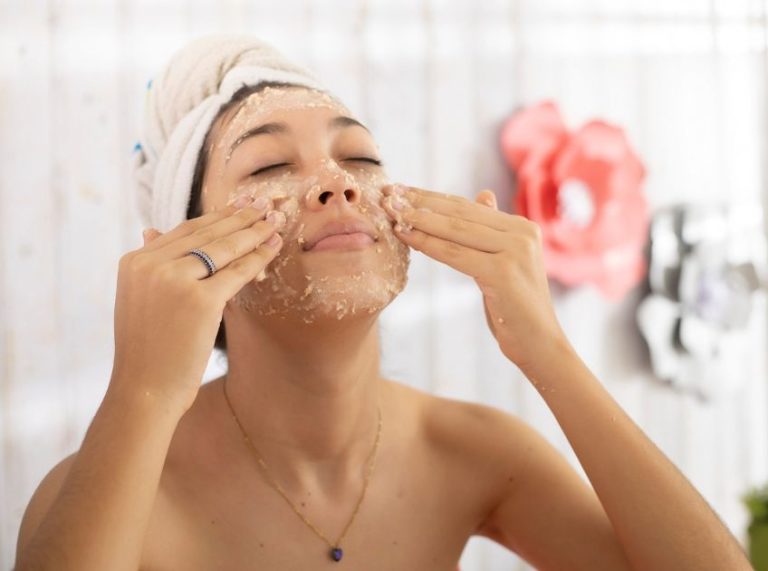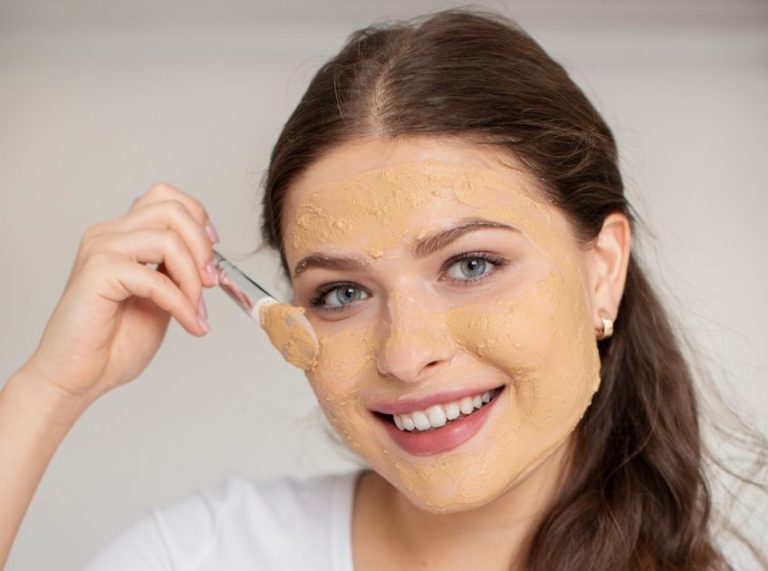
Important: This article is for informational purposes only. Please read our full disclaimer for more details.
Struggling with stubborn toenail fungus that just won’t go away? Natural remedies like baking soda and hydrogen peroxide may offer a simple, effective solution. These household staples are known for their antifungal and cleansing properties. Learn how to use them correctly with safe DIY methods.
Article Contains
Banish Toenail Fungus Naturally
Toenail fungus can be embarrassing and uncomfortable, often causing thick, discolored nails. Instead of harsh chemicals, many turn to natural solutions like baking soda and hydrogen peroxide. When used together, they can help fight fungal infections and promote healthier nail growth.
Why This Combo Works: Key Benefits
- Antifungal action: Hydrogen peroxide helps kill fungus-causing organisms.
- Odor neutralizer: Baking soda fights odor by reducing fungal waste.
- Cleansing properties: Helps soften and clean thickened nails.
- Exfoliation: Assists in removing dead skin buildup around the nail.
- Affordable and accessible: Easy to find and budget-friendly.
The Science Behind Baking Soda & Hydrogen Peroxide
Baking soda is alkaline, making it hard for fungus (which thrives in acidic environments) to survive (1).
Hydrogen peroxide (H₂O₂) releases oxygen when applied, which may destroy fungal cells and reduce microbial growth on the nail surface (2).
A 2012 study in the Journal of Microbiology and Biotechnology found hydrogen peroxide effective in reducing fungal growth on surfaces—supporting its topical potential (3).
Components That Make It Effective
- Sodium bicarbonate (baking soda): Balances pH and inhibits fungal growth (4).
- Hydrogen peroxide: Disinfects, breaks down biofilm, and oxidizes fungal structures.
- Optional additions (like vinegar or tea tree oil): Enhance antifungal properties when added in small amounts.
When to Stop Using It
- If you notice increased redness, burning, or irritation around the toenail.
- If the nail becomes more brittle or begins lifting.
- Discontinue after 2–3 weeks if there’s no visible improvement.
- Always consult a dermatologist if symptoms worsen.
Adjusting Ingredient Ratios Safely
- For sensitive skin, dilute hydrogen peroxide with equal parts water.
- Use more baking soda to create a thicker paste for direct application.
- Reduce usage frequency (2–3 times a week) if skin becomes irritated.
- Avoid strong concentrations of hydrogen peroxide (stick to 3%).
Who Should Use This?
- Best suited for oily or combination skin around the feet.
- Avoid if you have very dry, cracked, or broken skin on the feet.
- Not ideal for diabetics or those with poor circulation unless under medical guidance.
Is It Safe for Regular Use?
Yes, when used properly:
- Hydrogen peroxide (3%) is generally safe for skin contact in diluted forms.
- Baking soda can be mildly abrasive but safe for occasional topical use.
- Avoid contact with eyes or mucous membranes.
- Never ingest the mixture or use it near open wounds.
3 Best DIY Remedies for Toenail Fungus
DIY 1: Soothing Anti-Fungal Foot Soak
This simple foot soak helps reduce fungal growth, soften thick nails, and refresh tired feet with regular use.
Ingredients
- 4 tablespoons baking soda
- ½ cup 3% hydrogen peroxide
- 4 cups warm water
- 1 large bowl or foot basin
Directions to Use
- Pour the warm water into a large bowl.
- Add hydrogen peroxide and baking soda to the water.
- Stir until the baking soda fully dissolves.
- Soak your feet in the solution for 15–20 minutes.
- Rinse and dry thoroughly with a clean towel.
How to Apply
- Use this soak once daily, preferably in the evening.
- Trim and clean toenails before each soak for better penetration.
- Always dry your feet completely, especially between the toes.
- Continue the soak 4–5 times a week for 2–3 weeks.
Pro Tip: Add a few drops of tea tree oil or apple cider vinegar to enhance antifungal effectiveness.
DIY 2: Targeted Nail Fungus Paste
A concentrated paste treatment for localized fungal infections on specific toenails.
Ingredients
- 1 tablespoon baking soda
- 1 teaspoon 3% hydrogen peroxide
- A cotton swab or small brush
- Small mixing bowl
Directions to Use
- In a bowl, mix baking soda and hydrogen peroxide into a thick, gritty paste.
- Clean the infected toenail and surrounding skin with warm water.
- Apply the paste directly onto the nail using a brush or cotton swab.
- Let it sit for 5–10 minutes. Rinse with lukewarm water and dry completely.
How to Apply
- Apply once per day, preferably in the morning.
- Avoid spreading beyond the affected nail.
- Do not cover the nail afterward—allow it to breathe.
- Continue use for up to 2 weeks, observing any changes.
Pro Tip: Use a disposable applicator each time to avoid contamination.
DIY 3: Overnight Antifungal Wrap Treatment
A powerful nighttime remedy that deeply targets fungal infections while you sleep.
Ingredients
- 2 teaspoons baking soda
- 2 teaspoons hydrogen peroxide
- 2 drops tea tree oil (optional)
- Gauze or clean cotton pad
- Adhesive tape or bandage wrap
Directions to Use
- Mix all ingredients to form a medium-thick paste.
- Clean and dry the infected toenail before application.
- Spread a thin layer of the paste over and under the toenail.
- Cover with gauze and secure it using a medical bandage or tape.
- Leave overnight and rinse thoroughly in the morning.
How to Apply
- Use 3 times per week, especially if the infection is severe.
- Trim and file the nail before applying for better access.
- Let your feet air dry after removing the bandage.
- Discontinue use if redness or irritation appears.
Pro Tip: Sanitize all tools and surfaces after each application to prevent reinfection.
Frequently Asked Questions (FAQ’S)
1. Can I use stronger hydrogen peroxide for faster results?
A. No. Stick to 3% solutions. Stronger concentrations may burn or damage your skin.
2. How long does it take to see visible changes?
A. Most users report improvement in 2–4 weeks. Full regrowth of a healthy nail may take months.
3. Can I combine this with prescription antifungal creams?
A. Yes, but consult a doctor first. Some topical treatments may interact or irritate when layered.
Baking soda and hydrogen peroxide offer a powerful, natural approach to treating toenail fungus. Their combined properties help fight infection, reduce odor, and soften damaged nails. Used safely and consistently, these DIY treatments may restore nail health without costly products.
